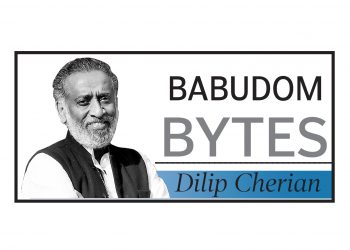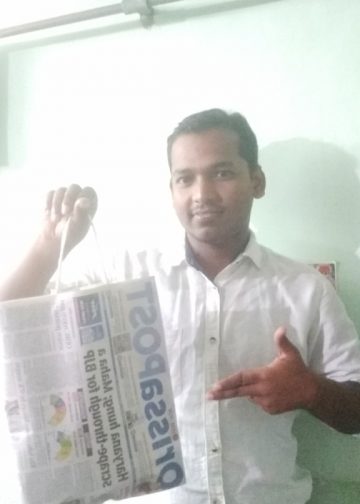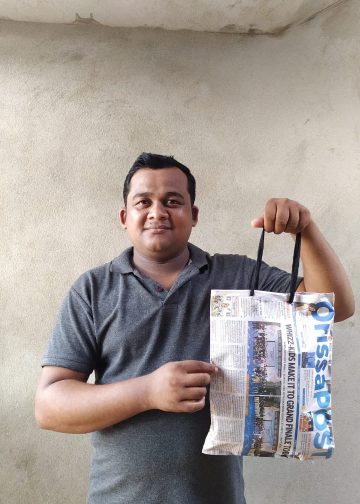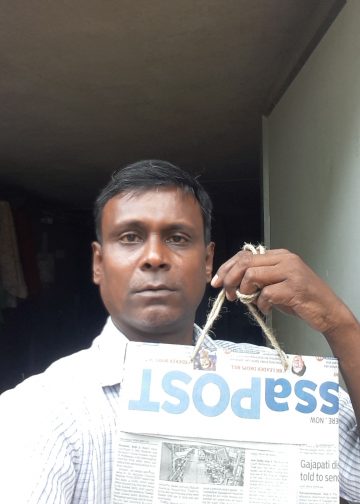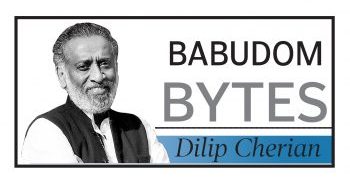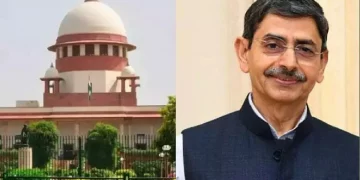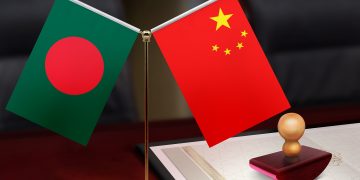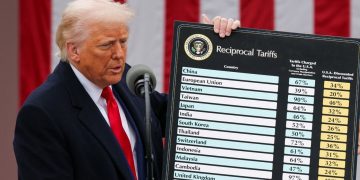The way babus handle crises has a distinct rhythm, and the recent events at Vanijya Bhawan exemplify this perfectly. The Ministry of Commerce was abuzz with activity as the tariff threats from the Trump administration regained public attention. Negotiators put in hours that would make investment bankers blush, and fi les were moving at breakneck speed—well, by government standards. Then—bam! Formally, the tariffs were announced. It dropped from the White House like a policy hammer, unaltered and unmodified. What followed? A collective sigh. It was nearly Zen-like – no panic, simply acceptance. Observers noted that this was evident in their body language. That “Que Sera, Sera” gleam surfaced in the eyes of the overworked officers who hadn’t seen daylight in weeks. As if someone had pressed the pause button on the bureaucratic treadmill, even the support staff appeared to move a bit more slowly. One senior babu, evidently exhausted, was overheard saying, “We worked until the last minute, gave it our best—but the Americans just went ahead with their playbook.” So be it. The response blends stoic realism with classic fatigue. The system is saturated after months of frantic drafting, quiet diplomacy, and backchannel discussions. The engines have cooled, for now. But there’s always a bright side to a crisis, and it seems the babus have found theirs. The general outlook in the Commerce Ministry is that the time is ripe for Indian exporters to look beyond their usual suspects. It won’t be a cakewalk. New markets mean new rules, new risks, and a lot of handholding for Indian traders.
Essentially, our babus are gearing up to play guide and cheerleader. Furthermore, it’s not just Delhi that’s in action; reportedly, state governments are joining in too. Gujarat, with its flashy Vibrant Gujarat show, is likely to lead the charge. But Tamil Nadu, Karnataka, and Andhra Pradesh aren’t sitting back either—they possess serious export muscle and are eager to flex. So, next year, don’t be surprised if your local babu starts racking up air miles!
Diplomatic reshuffle signals strategic moves
At the highest levels of India’s diplomatic establishment, a subtle but important shuffle is taking place. Nidhi Tewari’s appointment as Prime Minister Narendra Modi’s new private secretary (reported earlier by DKB) means that her predecessor, Vivek Kumar (IFS: 2004) is expected to make way—and perhaps move west. According to rumours circulating in the corridors, Kumar will probably be assigned to the Indian High Commission in London as the Deputy High Commissioner. For the seasoned diplomat, whose professional path has been closely linked to the Prime Minister’s Office, it would be a natural next step. He began in the PMO as Deputy Secretary in 2014, the same year Tewari joined the foreign service, and worked his way up to Director before becoming the PM’s Private Secretary in 2022. Kumar brings with him both technical and diplomatic heft. His previous postings in Russia and Australia add to his well-rounded global experience—credentials that will serve him well if he indeed takes charge in London. Meanwhile, Tewari’s elevation marks a generational shift. Known for her work in disarmament and international security, her entry as PS to the PM signals not just a new face in the PMO, but also a fresh approach to navigating India’s external engagements. This reshuffle is more than a routine personnel change. It’s a strategic recalibration—one that reflects India’s growing diplomatic ambitions and the quiet churn beneath the surface of South Block.
When babus ignore rules, governance suffers
What happens to senior babus who disregard the regulations they are supposed to uphold? We now know the answer: In 2024, 91 IAS officers, in addition to the 73 who did so in 2023, failed to fi le their Immovable Property Returns (IPRs). Not amused, a parliamentary panel has demanded harsher punishments. This goes beyond paperwork. IPR filings serve as a fundamental accountability check, guarantee transparency, and avoid conflicts of interest. These officers cannot be considered for important postings because they lack vigilance clearance.
Nevertheless, a portion of the privileged babu class conveniently disregards the rulebook year after year. Reminders are obviously insufficient, so the panel has correctly recommended a centralised compliance tracking system. But the larger governance issue is the shortage of 1,316 IAS officers. Several important parts are missing from India’s so-called steel frame, which has an authorised cadre strength of 6,858. Only 3,987 of the 4,781 direct recruits are in place, a worrying statistic. With only 1,555 officers meeting the 2,077 quota, the situation for promotees is worse, leading to the obvious impact on administration – inefficiency, overworked officers, and delayed decision-making. While the suggested online tracking system for IAS vacancies is a good place to start, states must also take action. The panel’s suggestion to penalise those who fail to fill promotion vacancies promptly may be the final push that’s required.
Dilip Cherian

